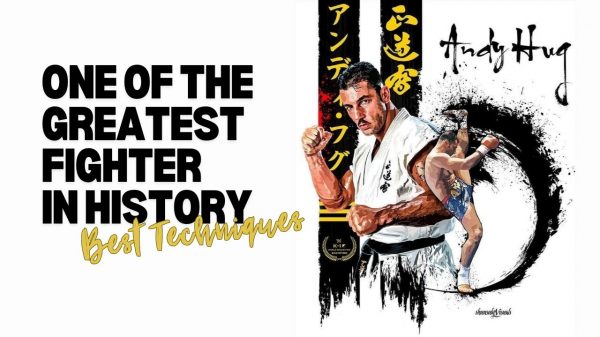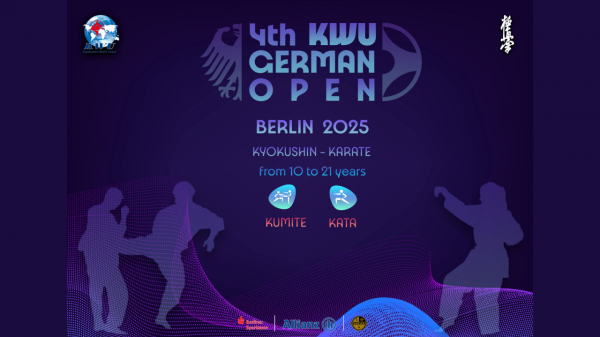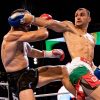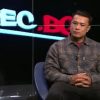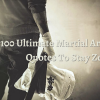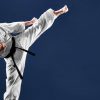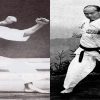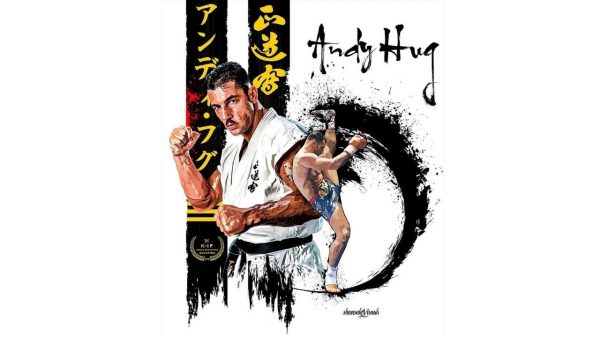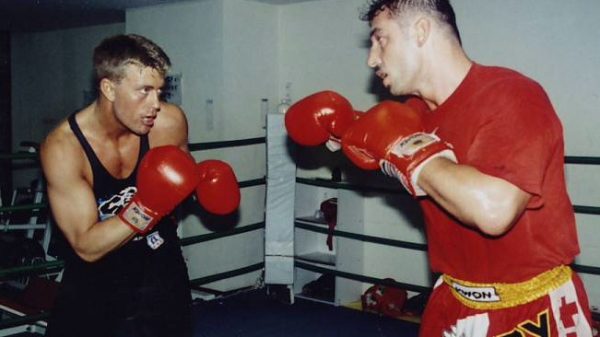Karatekas from all over the world celebrate the birthday of the creator f the hardest karate style karate – Masutatsu Oyama
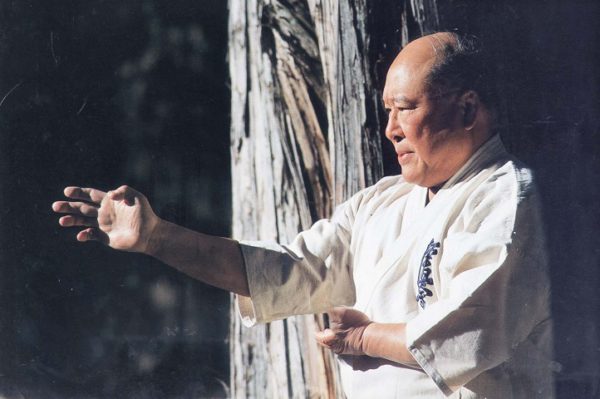
He was born in Korea and at birth was named Choi Yeong-eui, but in the history of Martial Arts came under the worlds famous name – Mas Oyama (大山 倍達 Ōyama Masutatsu)
According to the official version his date of birth is 27 July 1923.
Although historians have determined that in fact, Mas Oyama was born on 4 June (old style, the new – 23 July) in 1921, that does not change the reason to remember and honor the memory of the founder of Kyokushin karate.
He lighted the hearts of millions. And now in any country of the world, we say, “We’re the same blood!” Osu!
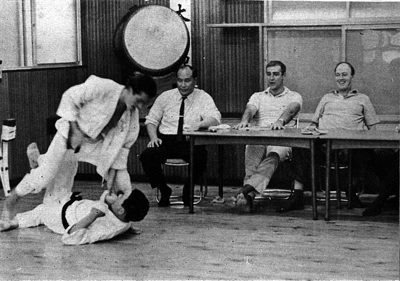
Founding Kyokushin
In 1953 Oyama opened his own karate dojo, named Oyama Dojo (form of Gōjū-ryū), in Tokyo but continued to travel around Japan and the world giving martial arts demonstrations, including the fighting and killing of live bulls with his bare hands (sometimes grabbing them by the horn, and snapping the horn off). His dojo was first located outside in an empty lot but eventually moved into a ballet school in 1956. The senior instructors under him were T. Nakamura, K. Mizushima, E. Yasuda, M. ishibashi, and T. Minamimoto. Oyama’s own curriculum soon developed a reputation as a tough, intense, hard-hitting but practical style which was finally named Kyokushinkai (Japan Karate-Do Kyokushinkai), which means ‘the ultimate truth,’ in a ceremony in 1957. He also developed a reputation for being ‘rough’ with his students, as the training sessions were grueling and students injuring themselves in practice fighting (kumite) was quite common. Along with practice fighting that distinguished Oyama’s teaching style from other karate schools, emphasis on breaking objects such as boards, tiles, or bricks to measure one’s offensive ability became Kyokushin’s trademark. Oyama believed in the practical application of karate and declared that ignoring ‘breaking practice is no more useful than a fruit tree that bears no fruit. As the reputation of the dojo grew students were attracted to come to train there from inside and outside Japan and the number of students grew. Many of the eventual senior leaders of today’s various Kyokushin based organisations began training in the style during this time. In 1964 Oyama moved the dojo into the building that would from then on serve as the Kyokushin home dojo and world headquarters. In connection with this he also formally founded the ‘International Karate Organization Kyokushin kaikan’ (commonly abbreviated to IKO or IKOK) to organised the many schools that were by then teaching the kyokushin style.
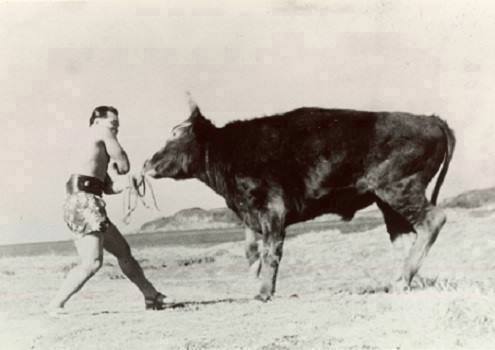
In 1961 at the All-Japan Student Open Karate Championship, one of Oyama’s students, Tadashi Nakamura, at 19 years old (1961) made his first tournament appearance, where he was placed first. Nakamura later became Mas Oyama’s Chief Instructor as referenced in Mas Oyama’s book, “This is Karate.” In 1969, Oyama staged the first All-Japan Full Contact Karate Open Championships which took Japan by storm and Terutomo Yamazaki became the first champion, which have been held every year since. In 1975, the first World Full Contact Karate Open Championships were held in Tokyo. World championships have been held at four-yearly intervals since. After formally establishing Kyokushin-kai, Oyama directed the organization through a period of expansion. Oyama and his staff of hand-picked instructors displayed great ability in marketing the style and gaining new members[citation needed]. Oyama would choose an instructor to open a dojo in another town or city in Japan, whereupon the instructor would move to that town, and, typically demonstrate his karate skills in public places, such as at the civic gymnasium, the local police gym (where many judo students would practice), a local park, or conduct martial arts demonstrations at local festivals or school events. In this way, the instructor would soon gain a few students for his new dojo. After that, word of mouth would spread through the local area until the dojo had a dedicated core of students. Oyama also sent instructors to other countries such as the United States, Netherlands, England, Australia and Brazil to spread Kyokushin in the same way. Oyama also promoted Kyokushin by holding The All-Japan Full Contact Karate Open Championships every year and World Full Contact Karate Open Championships once every four years in which anyone could enter from any style.
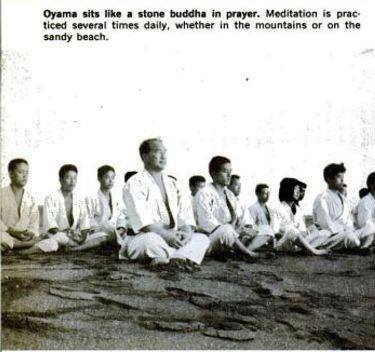
Later years
Later in life, Oyama suffered from osteoarthritis. Despite his illness, he never gave up training. He held demonstrations of his karate, which included breaking objects.
Oyama wrote over 80 books in Japanese and some were translated into other languages.
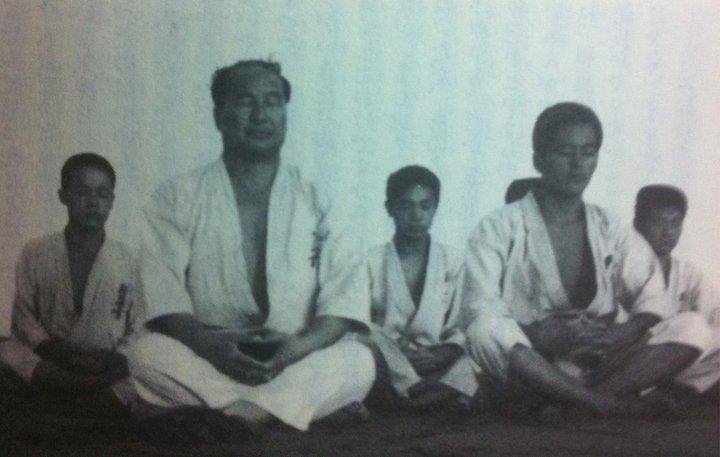
Final years
Before dying, Oyama built his Tokyo-based International Karate Organization, Kyokushinkaikan, into one of the world’s foremost martial arts associations, with branches in more than 100 countries boasting over 12 million registered members. In Japan, books were written by and about him, feature-length films splashed his colorful life across the big screen, and comic books recounted his many adventures.
Oyama died at the age of 70, on Tokyo, Japan, April 26, 1994, of lung cancer, despite never being a smoker in any point in his life.
His widow Chiyako Oyama, made a trust foundation to honor his lifelong work.
Books
- The Kyokushin Way.
- What is Karate?
- This is Karate.
- Advanced Karate.
- Vital Karate.
- Essential Karate.
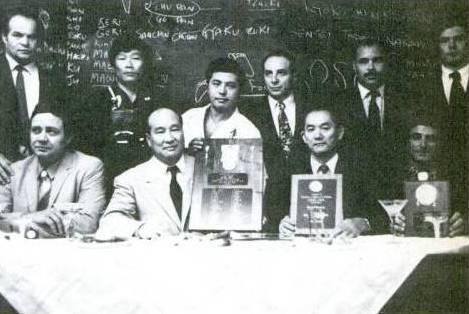
Source: wikipedia.org



